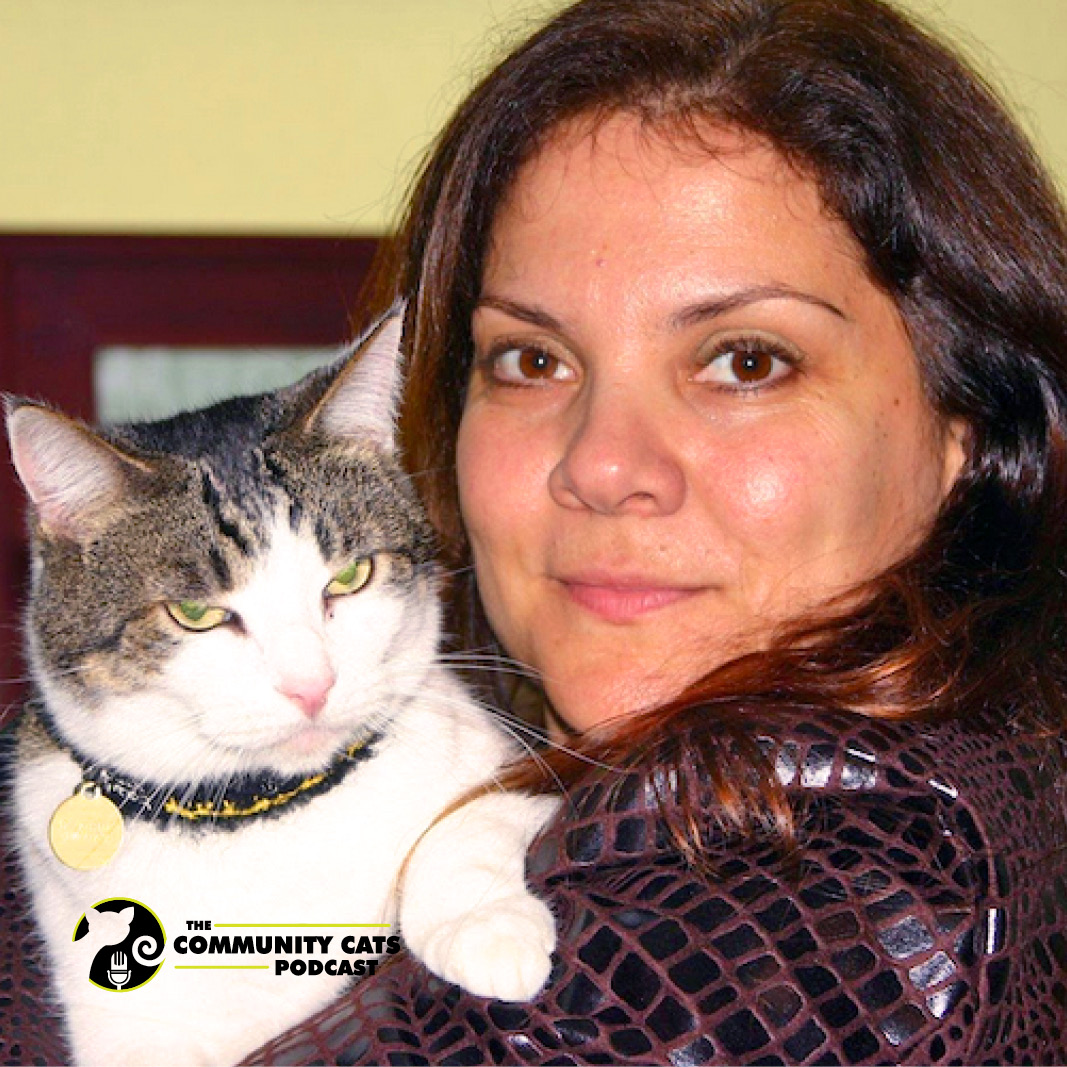
Christi Metropole, Founder of Stray Cat Alliance
July 27, 2021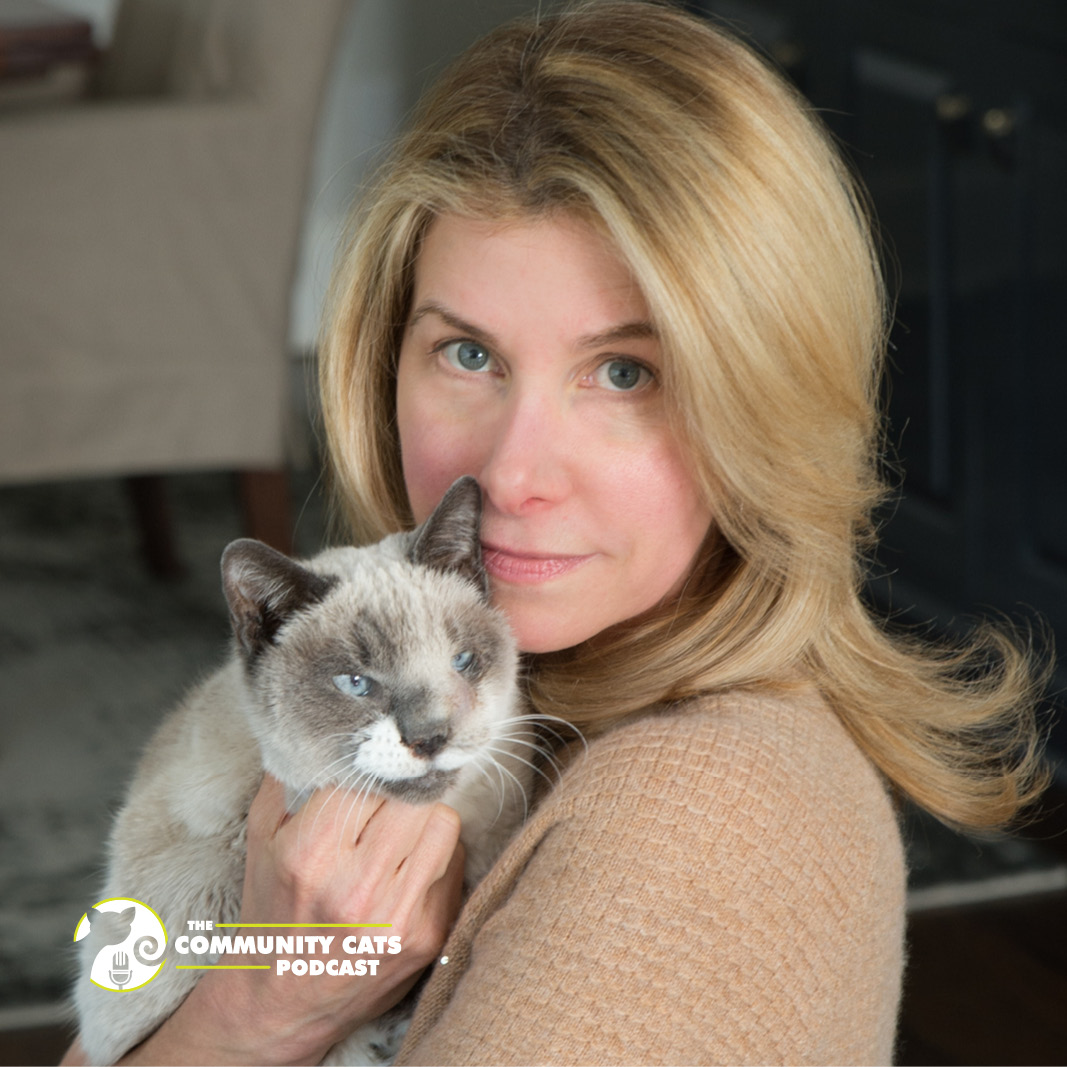
Lisa Wysocki, Co-director Fido Fixers
August 3, 2021
If you’re headed to the beach, relaxing in the yard, or reading on your lunch break, make sure to take along one of CCP’s summer reading list books to learn a little more about the kitties in our lives.
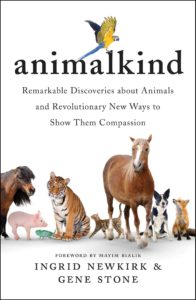 Animalkind: Remarkable Discoveries about Animals and Revolutionary New Ways to Show Them Compassion by Gene Stone and Ingrid Newkirk
Animalkind: Remarkable Discoveries about Animals and Revolutionary New Ways to Show Them Compassion by Gene Stone and Ingrid Newkirk
Part one of Animalkind reads a bit like a very long list of fun facts about animals. If you’re already an animal lover and enjoy watching nature documentaries, or if you’ve studied psychology, then much of this information won’t be particularly new or surprising. In part two of the book, the authors make the case for not using animals in medical testing, for clothing, for food, or as entertainment (as in circuses), emphasizing the cruelties of these industries. They include a rather exhaustive list of alternatives to using animals in these industries. Though I don’t doubt the cruelties chronicled in the book, I did feel that the way they chose to share these abuses sensationalized the violence, much like our twenty-four-hour news cycle does. Ultimately, I feel, this just desensitizes us to violence.
The arguments for not using animals also didn’t really seem to consider the full complexity of many issues. In the discussion of clothing, synthetic fabrics are heralded as an alternative to animal-based products, but the truth is that we can’t pretend that these fabrics are without their own problems. Both the production—and even just the washing—of polyester and acrylic fabrics create microplastics that usually end up in the ocean, ultimately still hurting animals—in this case fish instead of sheep. It has also been well documented that laborers in the textile industry are often exploited. In the discussion of food, there was no acknowledgement that veganism is often inaccessible for people who live in food deserts or low-income areas. Veganism can also tend toward being gentrified and elitist. Again swapping one problem for another, the authors suggested many brands of vegan chocolate, no mention was made of the fact that most cocoa is harvested by exploited workers, many of whom are children.
While I absolutely agree with everything the authors are arguing, I found the book not nearly as compelling as Our Symphony With Animals (reviewed in a previous book review post), in which Dr. Akhtar uses personal stories illustrating the human-animal bond to make a similar argument. I do like that Animalkind gives the reader a guide for what they can do personally to help animals in these industries (e.g., weaponizing your power as a consumer and a voter; advocacy, and more).
Related: Read Staging Tourism by Jane C. Desmond for a nuanced discussion of why humans have always been fascinated by animal bodies and the exploitation that is animal tourism.
 But First, Rumi by Chitra Ramaswami
But First, Rumi by Chitra Ramaswami
Stacy always asks podcast guests how they first became passionate about cats. But First, Rumi is Ramaswami’s answer to that question. A quick read, the memoir documents how she met Rumi, a street cat who lived near her family’s home in Oman. Ramaswami began feeding the stray, and he gradually wormed his way into her heart, as many of us will understand. Their story explores the deep human-animal bond and how saving an animal can be like saving yourself. Though she admits she was not much of a cat person prior to meeting Rumi, Ramaswami fell in love with the Omani Mau and then became aware of the many problems facing animal welfare in Oman. She attempts to reconcile the kindness of the people with the cruelty she observes when it comes to the street cats. At the end of the book she also suggests ways to help the community cats in Oman and what can be done to promote kindness and compassion toward all animals.
You can follow Rumi on Instagram. To find out more about TNR and animal rescue in Oman, visit the Omani Paws website.
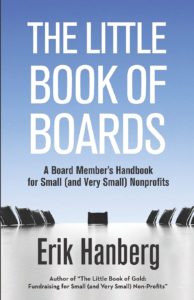 The Little Book of Boards: A Board Member’s Handbook for Small (and Very Small) Nonprofits by Erik Hanberg
The Little Book of Boards: A Board Member’s Handbook for Small (and Very Small) Nonprofits by Erik Hanberg
Though I’m not on the board of any kind of nonprofit, I felt Hanberg’s book was a great primer for anyone who might want to be. He starts off with what a board does and what your duties are as a board member. This sounds simple, but is very useful for those who have never served on or worked with the board of a nonprofit. The second part of the book is devoted to the duties of board leaders (committee chairs, board officers, and the board president). The book finishes off with an extensive appendix of resources, including how to update bylaws, create an effective committee structure, recruit board members, and more. Hanberg’s book is slim and full of practical advice. I would say it’s definitely a good book to pick up if you’re thinking about joining the board of a nonprofit. Hanberg also has other books for nonprofits on social media (The Little Book of Likes) and fundraising (The Little Book of Gold).
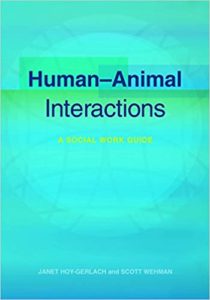 Human-Animal Interactions: A Social Work Guide by Janet Hoy-Gerlach and Scott Wehman
Human-Animal Interactions: A Social Work Guide by Janet Hoy-Gerlach and Scott Wehman
This is a good read for social workers, shelter workers, and veterinarians. The authors discuss how human-animal interaction can be integrated into social work practices to better meet the client where they are. They point to domestic violence situations where survivors might be unwilling to go to a shelter because of a pet, clients with suicidal thoughts who haven’t committed suicide because of the pet they care for, those who have lost a pet and are suffering from disenfranchised grief, and older clients who worry what will happen to their pet if they go to the hospital or die. Though pet owners know how important animal companions are in their lives, this is something that has not been fully explored within the realm of social work. Pet ownership can offer both benefits as well as stress, and this book explores the social supports that should be in place to help people and their pets thrive. The book is a great resource for social workers who want to incorporate animal-based therapy and support for clients into their work. It will also be helpful for shelter workers and veterinarians who want to take a more holistic approach to the care of both pets and clients.
 The Feline CEO by Lynn Maria Thompson
The Feline CEO by Lynn Maria Thompson
Thompson’s slim book is all about how to make yourself the best CEO you can be, using the wisdom of the cat to change up the way you’re thinking. Not a CEO? Much of the advice—including confidence, presenting yourself well, getting plenty of sleep, eating well, viewing the big picture from up high—is useful for everyone’s daily life. The book also comes with online exercises and bonus material to help readers change the way they’re thinking and apply feline wisdom to their lives.
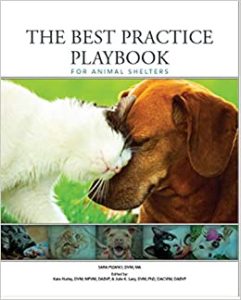 The Best Practice Playbook for Animal Shelters by Sara Pizano, DVM, MA
The Best Practice Playbook for Animal Shelters by Sara Pizano, DVM, MA
The Best Practice Playbook is full of important resources for animal shelters looking to streamline processes and maximize life-saving. The guide discusses community programs, shelter operations, data and technology, and foundational infrastructure. Each section is full of useful definitions and suggestions to improve each of these areas within the shelter. There’s also a handy checklist at the back of the book for getting started with these practices in your shelter. Dr. Pizano also includes a comprehensive resource list of recommended reading, tools, and websites. The amount of information included can be a little overwhelming, but each topic includes a definition and an overview so you can start with the basics. It’s definitely a book shelters should look at and make use of to incorporate these best practices.
 Animal Friendly – Customer Smart: People Skills for Animal Shelters by Diane Allevato and Jan Elster
Animal Friendly – Customer Smart: People Skills for Animal Shelters by Diane Allevato and Jan Elster
Although this workbook is a little old (published in 2008), it still has a lot of useful exercises and information in it. If you’ve worked in a service industry before, some of the customer service tips will be pretty basic, but the book emphasizes that everyone working at the shelter is an ambassador to the community and that a negative experience with any one of the shelter staff or volunteers can give the shelter a bad reputation. The workbook is full of practical advice and exercises you can work through to help you practice your customer service skills, including having difficult conversations and defusing tense situations. Particularly helpful, I thought, was the chapter on filters, which is all about identifying biases so that we can treat customers with respect, and without judgement, discrimination, or prejudice. The book also pointed out that having great customer service skills doesn’t help much if the culture in our organizations doesn’t promote teamwork and helping each other, or encourages cliquiness or gossiping. The only thing I felt was perhaps outdated about the book was their suggestion to have a direct line to call the police in the event that a customer has the potential to hurt themselves or others. Of course we need to protect ourselves, other customers, and staff, but if someone is having a mental health emergency, calling the police may not be the best option, as it can escalate the situation. The important takeaway is to have policies in place to address challenging situations. I recommend the work book for all shelter staff, even those who don’t really expect to be working with members of the public.
 Cats on Catnip by Andrew Martilla
Cats on Catnip by Andrew Martilla
This coffee table book is the perfect gift for the fun-loving cat lover in your life. Martilla’s catnip-filled photoshoots reveal the silly, crazy, playful, and wild sides of cats—who so often appear aloof, dignified, and benevolent in professional photos. Looking at the photos makes me want to throw a catnip party and grab my camera to see if I can capture a little of the magic with my own cats.
What animal-related books are on your summer reading list? Let us know on our Facebook page!




